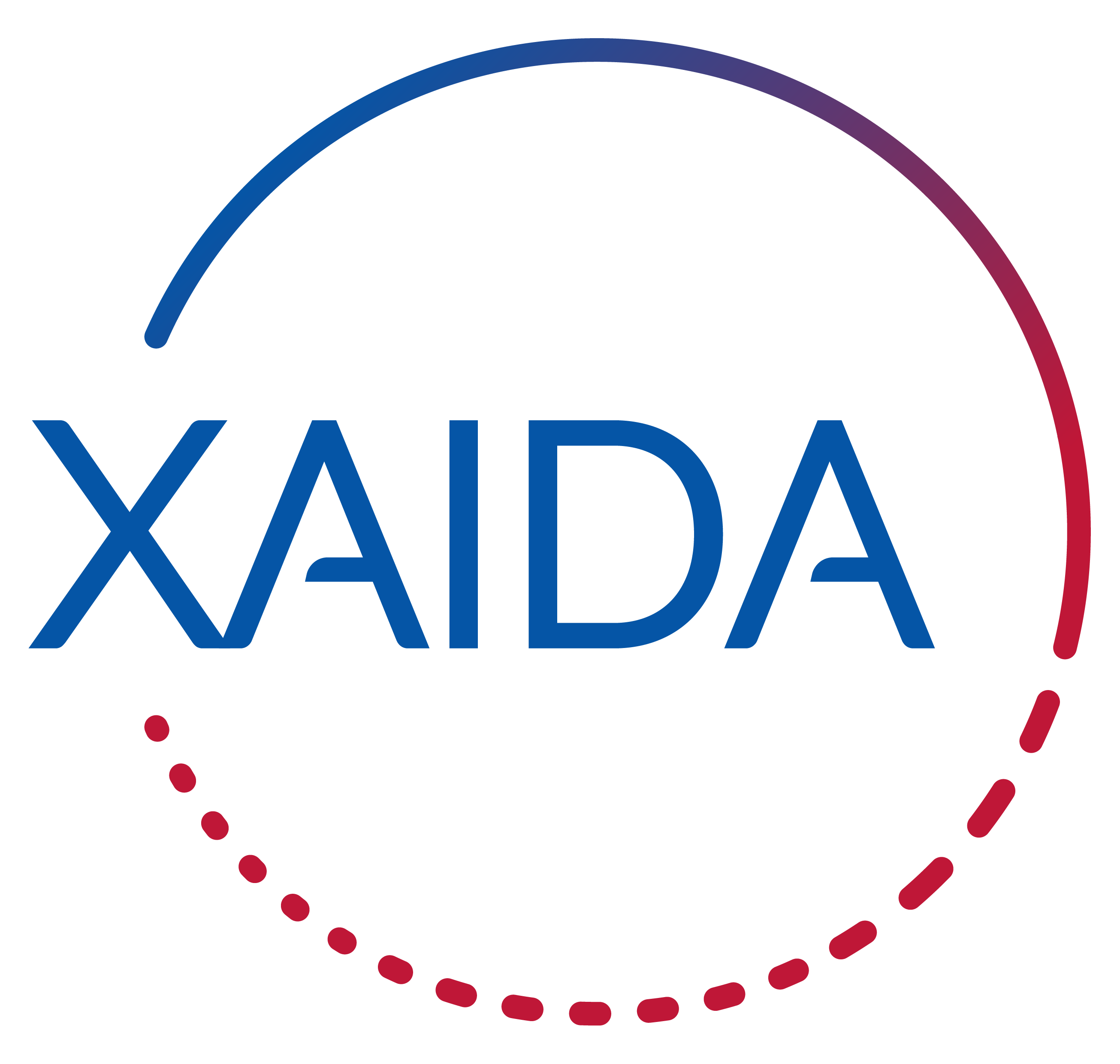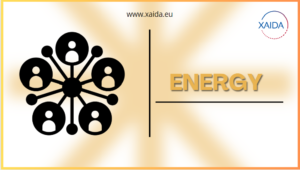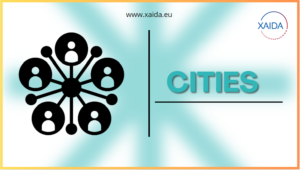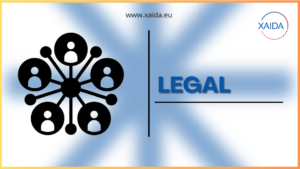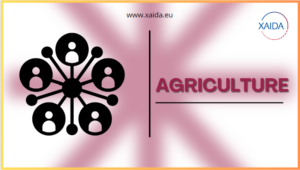STAKEHOLDERS PLATFORM | ENERGY
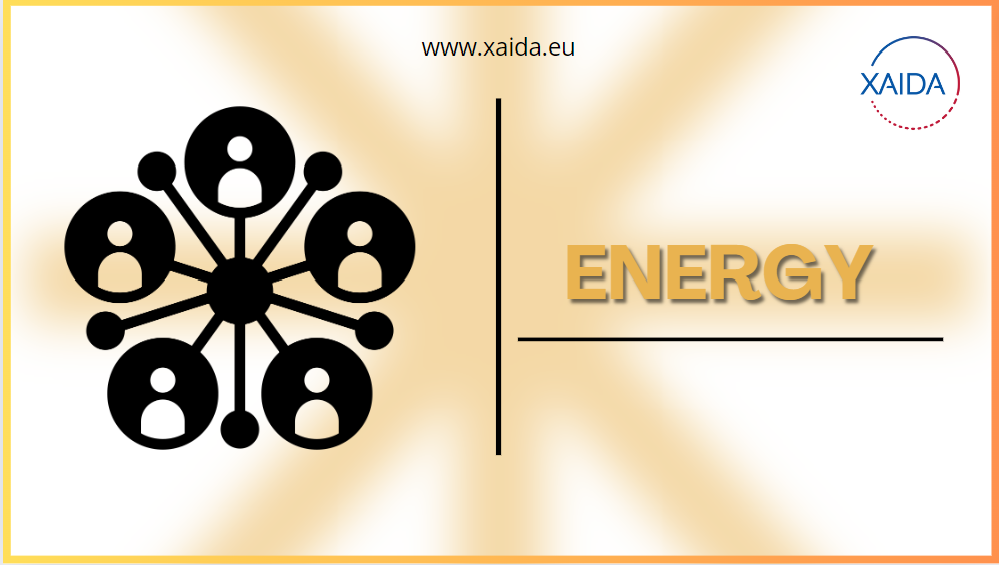
Every city authority in the world is faced with tough decisions on how to deal with present and future losses due to changing likelihoods and intensities of extreme weather. It is relevant to identify crucial entry points to work with stakeholders.
Between 4 and 11 May 2024, we held four workshops for stakeholders. The workshops were organised around four themes: Cities, Legal, Energy and Agriculture.
Speakers: Emmanuel Rouges (University of Reading), Pascal Yiou (LSCE-CEA) and Erich Fischer (ETH Zurich).
#1 – Weather Regimes
Title: Weather regimes: exploring worst-case scenarios
Abstract:
The first presentation focused on worst-case scenarios and weather regimes. The tool is still in the idea stage, so this is an ideal opportunity to gather suggestions.
Weather regimes are used for forecasting purposes, but also for analyses – for example, ECMWF publishes this kind of analysis. Weather regimes, generally analysed with clustering of 500hPa geopotential height, modulate weather, which can lead to extremes. The motivation to build this tool was the cold winter of 1962/63 with persisting NOA conditions. This led to extreme energy conditions across Europe. The link with energy is that we want to model the connection between regimes and regime sequences and energy use. The tool targets worst-case energy use scenarios.
Q&A
Can you show a result? For example, you could identify NAO as important and bad for you, and get scenarios associated with that, then examine the scenarios to find the worst one, to identify what sequence of regimes that led to that. |
Could you share what you are looking at in an operational way? A link to operational datasets available on Copernicus? It would be possible to make the tool quite flexible with the type of data input used, so yes, it would be possible to do that. It was suggested that it could be a toolbox application. |
Now that you have taken solar and wind energy into account, do you plan to analyse hydroelectric power as a whole? At present, no, because there is little hydropower in most countries and it is not available in the data we use. But this could be possible at a mater stage. |
Useful links:
#2 – Simulating cold spells
Title: European cold spells in a changing climate
Abstract:
The second presentation dealt with cold spells in a changing climate. The question is relevant because energy demand is linked to low temperatures. More specifically: What is the probability of cold spells as intense as those of 1962/63 occuring today or in the future? Note that a record shattering event is 2 sigma. Is it possible to have an event like 1962/63 today or in the future?
Texas was driven by frost, and in 2021, a cold snap took people by surprise. Could this also happen in Europe? How cold would it be today if the atmospheric patterns of 1962/73 were to occur today? Reconstruction of temperature fields based on analogues of atmospheric circulation. Other analysis methods could be Boosting of climate models or the SWG (see other presentations). The summary answer from the analogues is that if meteorological conditions of 1962/63 were to occur today, it would be cold but 1 to 2℃ colder. Such a winter would still be possible, but with lower probability. Advection of cold polar air is a key process in such an event. This analysis is part of D5.1 of XAIDA.
Q&A
To what extent do you take into account humidity variations and similar effects? Do you consider the physical consistency or just the statistical relationship? The reconstruction implicitly includes it in the models, but we do not separate it out – not yet. |
Can you say something about the weather generator? It was in the Cities workshop. It is based on the resampling analogues of circulation. Every day, we carry out a random resampling, consistent with circulation. It is a bit similar to weather forecast but without the observational constraint. |
IPCC is very confident that cold weather will diminish, but could this be challenged by changes in polar vortex? Despite the warming trend, there may be an excursion of polar air. This occurs in the models and is not incompatible with the warming trend. IPCC is quite clear on this point. There is no clear evidence that Arctic Amplification will change the situation. It might have an effect in certain regions and slightly suppress the warming trend. The fact is, we need to prepare for the cold, as society gets used to warmth. |
Useful links:
#3 – Ensemble Boosting
Title: Ensemble Boosting
Abstract:
As several people indicated that they were also interested in Boosting (see presentation 1 of the Cities workshop), we presented this tool again, but now for cold instead of heat.
We added a small disturbance a few weeks before the worst event, to assess the severity of the situation. This is a joint XAIDA effort between WPs to study cold events. We asked ourselves whether 1962/63 could have been colder. How bad could it have been? We always resample with the coldest simulations to get the worst possible, then run the model and study the atmospheric situation.
The conclusion is that the probability is significantly lower, but still possible. It is a positive feedback – if there is more snow, there is more reflection, which makes it even colder.
Q&A
To what extent could such a method be transferred to a convection permit model? It is important for power line design modeling. In theory, it is transferable. It is a long-term goal but technically challenging. However, it is much cheaper to do it with this model. The current idea is to run the coarse resolution model first, then couple it with a convection model. There are never perfect cases compared with cases observed using models. Another idea would be to use ERA5 to drive high-resolution models using this method, in order to obtain closer matches with what has happened in reality. Another problem is that with smaller-scale extremes, we have fewer analogues that are similar. Finally, apart from XAIDA, people have used past weather forecasts on the day the event occured and have all realisations – some members may be less or more extreme. That’s another way of looking at this. This is future work. |
Question to stakeholders: Would you be interested in tools you could use yourself? Or would you simply like to use the results generated by someone else using the tools? Both, depending on the subject. If the data is easy to obtain, it is good to use the results. But in specific use cases, it would be good to run the models ourselves. |
Useful links:
- https://egusphere.copernicus.org/preprints/2023/egusphere-2023-2523/
Archives
Stakeholders Platform – Energy
STAKEHOLDERS PLATFORM | ENERGY Every city authority in the world is faced with tough decisions on how to deal with present and future losses due…
Stakeholders Platform – Cities
STAKEHOLDERS PLATFORM | CITIES Every city authority in the world is faced with tough decisions on how to deal with present and future losses due…
Stakeholders Platform – Legal
STAKEHOLDERS PLATFORM | LEGAL Every city authority in the world is faced with tough decisions on how to deal with present and future losses due…
Stakeholders Platform – Agriculture
STAKEHOLDERS PLATFORM | Agriculture Every city authority in the world is faced with tough decisions on how to deal with present and future losses due…
